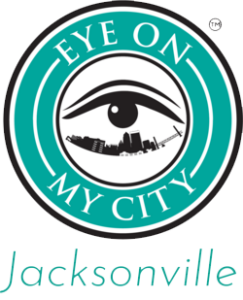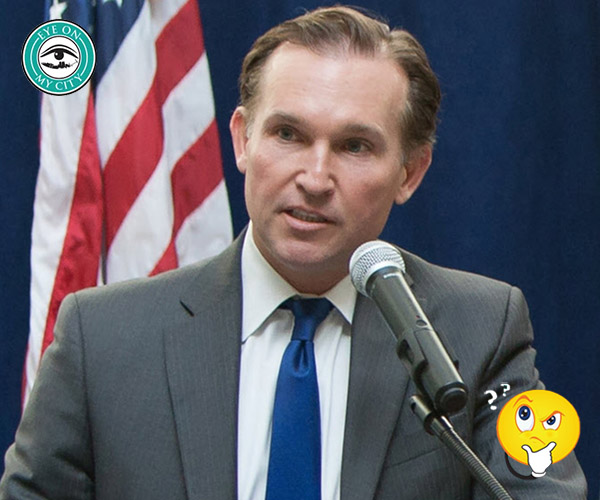Projections of fabulous riches accruing to taxpayers from the latest handout to the Jacksonville Jaguars are impressive. If you believe them.
Unfortunately, it requires more than one grain of salt.
The documents from the office of Mayor Lenny Curry suggest that local taxpayers could spend $153 million on Shad Khan’s Lot J project and reap nearly twice that, or $402 million, in return.
However, the reaping would be over a period of 30 years.
According to the Daily Record, $208 million in city debt financing would be used to pay $50 million of the proposed $100 million Live! District entertainment venue that would be owned by the city. The city would pay for up to $92.8 million in site construction costs for infrastructure improvements, including surface and structured parking. The final $65.5 million would finance a 50-year no-interest loan to the developer.
For comparison: If the city put $208 million into an investment at 3 percent it would get an additional $296.8 million back in 30 years.
Johnson Consulting prepared the fiscal impact report, using assumptions about the economic impacts from the $466.6 million project, which includes a hotel, residential and commercial space near the football stadium. The Jaguars paid for the report. It is not the same as a Return on Investment calculation.
But Eye on Jacksonville noticed a couple of red flags.
One is the assertion that the residential portion “attracts a critical mass of residents to the downtown core, to a range of housing types and supports the overall urbanization of the local area.”
Over the past 50 years, many projects were supposed to bring the “critical mass” of downtown house, including the now-demolished Jacksonville Landing. No one really knows what the critical mass number is, or even if there is one.
Another is that another hotel will enhance the city’s image as a business destination. Again, this has been claimed for every new project including the Skyway and convention center.
For its participation, the city would help build the Live! Entertainment venue and would own it, leasing it to the developers. It also would provide incentives in the form of a tax rebate for the residential portion.
The main reason for skepticism is that, as the report acknowledges, the assumptions for the revenue projections may or may not be accurate. And it is being paid for by the developer, which stands to make substantial profits on the project.
Most taxpayers probably would be more comfortable with calculations being done by the impartial City Council auditor. Eye suggested weeks ago that a cost/benefit study would be in order.
The term “public-private partnerships” always sounds nice and cozy but the cold, stark reality is that all too often, the taxpayers bear a large part of the risk while the private owner collects profits with little risk.
In years past, such projects as a floating nuclear power plant purchase and former shipyards redevelopment fell apart because of such details.
Politicians always imply that these arrangements are “but for” deals, meaning the project would not happen but for the contribution by taxpayers.
In truth, businesses to play off cities against each other and those that are desperate for new development often are willing to divert money from other uses into business deals.
But the cost/benefit assumptions probably don’t account for transfers. For example, a new hotel might simply capture people, and sales taxes, that went previously to a competing hotel, not helped by taxpayer-financed incentives.
Cities certainly have an obligation to provide infrastructure such as streets and parking to accommodate large development, but beyond that it is often questionable.
Some 50 years ago when the head of an insurance company planned to build a skyscraper at Main and Bay, the city initially balked at making some street improvements.
“I’m going to put 1,500 employees on the street at 5 o’clock every day,” he said. “You figure out what to do with them.” (The improvements were done.)
In this case, the question for politicians is: why can’t Shad Khan finance his own schemes and collect the profits, if any – just as he has done on many other profitable ventures?
Those projected tax revenues still would flow to the city, but without taxpayers having to pony up millions in advance.
Many questions remain. Does the city’s cash go in first and Khan’s later? Does Khan put up a performance bond? Is there a cap on cost overruns? (Remember the courthouse?)
If Khan should decide a deal’s potential profit was not worth the risk, he would find some other way to increase his wealth.
We encourage Khan to proceed with Lot J development. But we are not yet persuaded of the need for taxpayers to join his venture as risk-sharing partners.










